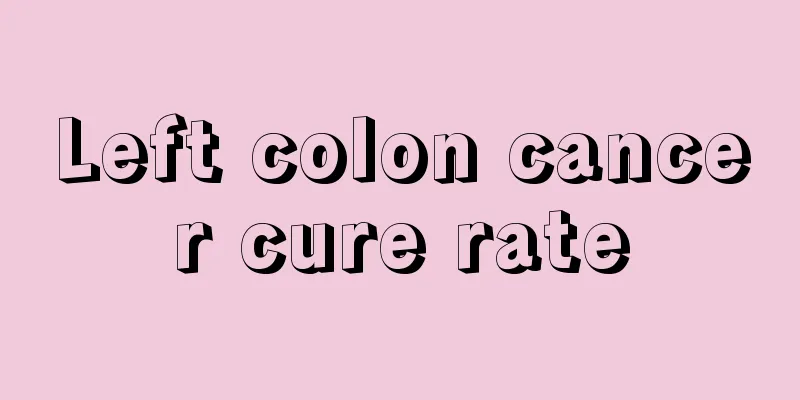Will onychomycosis smell bad?

|
Onychomycosis is a relatively common fungal infection. Generally speaking, onychomycosis will not produce any odor, but if the onychomycosis is more serious, it will cause infection and cause bacteria to grow, which will easily lead to some odor. This is especially true for onychomycosis on the feet. If you do not pay attention to personal hygiene, this situation will become more serious. Let us briefly understand this aspect. Do onychomycosis smell bad? Generally speaking, our nails don’t have any peculiar smell. Once such symptoms appear, it means that we have a certain disease. For example, common onychomycosis is a disease caused by fungal infection that can cause nails to become raised and dull. In severe cases, the nails can rot and deform. If not treated properly, they can produce an odor. So, let’s see what to do about onychomycosis? There are many ways to treat chronic onychomycosis, including applying topical medications, taking oral medications, and surgically removing the diseased nails. Fingernails and toenails grow at different rates. It takes 100 days for a fingernail to completely replace a new nail, while it takes about 300 days for a toenail, so you must be patient when treating onychomycosis. (1) Surgical nail removal: Suitable for single onychomycosis. The affected nail can be removed under local anesthesia. This method causes large wounds, bleeding, and is prone to infection. The operation generally causes more pain and is prone to recurrence of infection. Since it only treats the symptoms and not the root cause, it is rarely used in clinical practice. Moreover, patients with heart disease, hypertension, diabetes, etc. are not suitable for surgical treatment. (2) Oral medication: It is suitable for patients with multiple nails (toenails) being affected at the same time. This method has been used clinically for a long time. Treatments such as terbinafine tablets, griseofulvin and ketoconazole all have certain therapeutic effects and are convenient. However, because this type of drug must reach the nail plate where the fungus is parasitic to exert its antibacterial effect, it requires a large dosage, a long use time, has side effects, and is prone to relapse after discontinuation of the drug, it is not suitable as a routine treatment for onychomycosis. (3) External therapy: Topical treatments are safer, generally painless and have no side effects, and are the preferred treatment for onychomycosis. Depending on the different medicines, the main methods include soaking, local application, and packaging and cutting. Pay attention to the care of your fingers at ordinary times. Apply some Vaseline or skin care cream after washing your hands and before going to bed to enhance the disease resistance of the skin around the nail groove. If there is a minor injury on the finger, you can apply 2% iodine and then bandage it with a Band-Aid to prevent infection. If there is pus accumulation under the nail, the nail should be removed to facilitate adequate drainage and complete healing. |
<<: What does the prenatal blood test include
>>: There are pimples on both cheeks
Recommend
Can I play computer after dinner?
Many people like to play computer games or mobile...
How many types of honey are there and which one is the best
Honey is a very popular food in daily life. It is...
Advantages and disadvantages of intramedullary nail fixation of fractures
Since many people do not pay attention to protect...
Everyone should learn more about how to prevent colorectal cancer
At present, the probability of young people suffe...
What are the important items in liver function test
Liver health is very important to people. When ab...
How to reduce fat in fatty liver
When it comes to fatty liver, everyone is familia...
There are always red spots on my face
Some people are born with sensitive skin, so they...
What is the best way to check for neuralgia?
Headache is a very annoying symptom. The occurren...
What are the symptoms of hormonal acne?
Hormonal acne is called hormone-dependent acne. I...
Is physical therapy good for cervical spondylosis?
For a common disease like cervical spondylosis, w...
What are the main causes of colon cancer?
Many people who have colon cancer are worried tha...
We must pay attention to the prevention of prostate cancer in a timely manner
Prostate cancer, as a common tumor disease, can c...
What are the benefits of drinking aged vinegar on an empty stomach
What are the benefits of drinking aged vinegar on...
How many years can one live with advanced liver cancer
The survival time of patients with advanced liver...
Stem cell therapy for breast cancer
Stem cell therapy is an emerging treatment for br...









